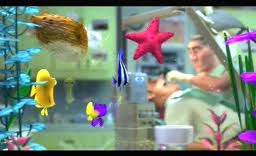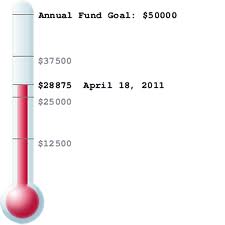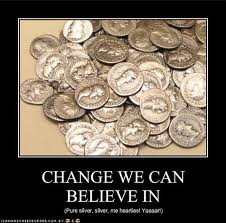 The countdown is on and people are on the look-out for an older gentleman fitting the description of “a jolly older individual dressed all in fur, from his head to his foot . . . his clothes all tarnished with ashes and soot“. In an effort to align this blog with the spirit of the season, I thought it might be fun to focus on the following holiday inspired question: “What would be the twelve days of resource development if such a song was written?”
The countdown is on and people are on the look-out for an older gentleman fitting the description of “a jolly older individual dressed all in fur, from his head to his foot . . . his clothes all tarnished with ashes and soot“. In an effort to align this blog with the spirit of the season, I thought it might be fun to focus on the following holiday inspired question: “What would be the twelve days of resource development if such a song was written?”
On Monday, we kicked things off with Days 1, 2 and 3. On Tuesday, we looked at Days 4, 5, and 6 with two great reader suggestions from Barb Allen and Susan Rudd . . . and as I did on Monday I asked readers to weigh-in with what they thought Days 7, 8 and 9 should be.
I want to thank Ann Rosenfield, CFRE, who is a Twitter follower who goes by @GratiaCaritas for weighing in with her suggestion on what the seventh day of resource development should be. However, before unveiling Ann’s suggestion, let’s recap the last few days:
- On the first day of resource development, my favorite donor gave to me . . . a signed pledge with a large increase over last year’s gift level.
- On the second day of resource development, my favorite group of fundraising volunteers gave to me . . . a commitment to work pledge cards and help put together our special events.
- On the third day of resource development, my favorite resource development committee gave to me . . . three key written plans spelling out success in 2012 (e.g. resource development plan, prospect cultivation plan, and a donor stewardship plan.
- On the fourth day of resource development, my most engaged and best donors gave to me . . . four fun cultivation parties that helped open the door to a warm group of new (and generous) prospects. (Barb Allen’s suggestion)
- On the fifth day of resource development, the kids at the Boys & Girls Club gave to me . . . five truck-loads of holiday goodies and hand-decorated ornaments that will be given to some of the Club’s best donors. (Susan Rudd’s suggestion)
- On the sixth day of resource development, my major gifts program gave to me . . . six program staff employees who helped the resource development staff and major gifts volunteers put together a “menu of opportunities” (thus signifying elimination of organizational silos and a healthy partnership between the resource development and program departments)
Here is what Ann (aka @GratiaCaritas) tweeted about the seventh day of resource development:
@eanderson847 On the 7th day of resource development, my prospect researcher gave to me – 7 new donor prospects with 7 figure gift capacity.
Again . . . thanks Ann! I love that suggestion.
Since no one else jumped in with their thoughts, I am once again left to be creative with days 8 and 9 . . . so here goes nothing:
- On the eighth day of resource development, the board development gave to me . . . eight new board volunteers who have an amazing understanding of resource development, lots of experience with fundraising, and ideas they are dying to share that will re-shape the organization’s RD Plan to reflect “The New Norm” of our economy.
- On the ninth day of resource development, resource development thought leaders gave to me inspiration to practice . . . the 9-keys to inspiring and managing your board towards fundraising success (which are 1. Planning, 2. Setting Expectations, 3. Training, 4. Organization, 5. Well run and important meetings, 6. Accountability, 7. Urgency, 8. Celebration & Recognition, and 9. Mission-focus)
OK . . . there are only three days left in this exercise. Let’s try to “finish strong” . . . I would like to see at least three more people weigh-in with ideas on what the tenth, eleventh, and twelve days of resource development should be. Please use the comment box below to share your suggestion. You can also drop me a note on Twitter, LinkedIn or Facebook.
Here’s to your health!
Erik Anderson
Founder & President, The Healthy Non-Profit LLC
www.thehealthynonprofit.com
erik@thehealthynonprofit.com
http://twitter.com/#!/eanderson847
http://www.facebook.com/eanderson847
http://www.linkedin.com/in/erikanderson847























